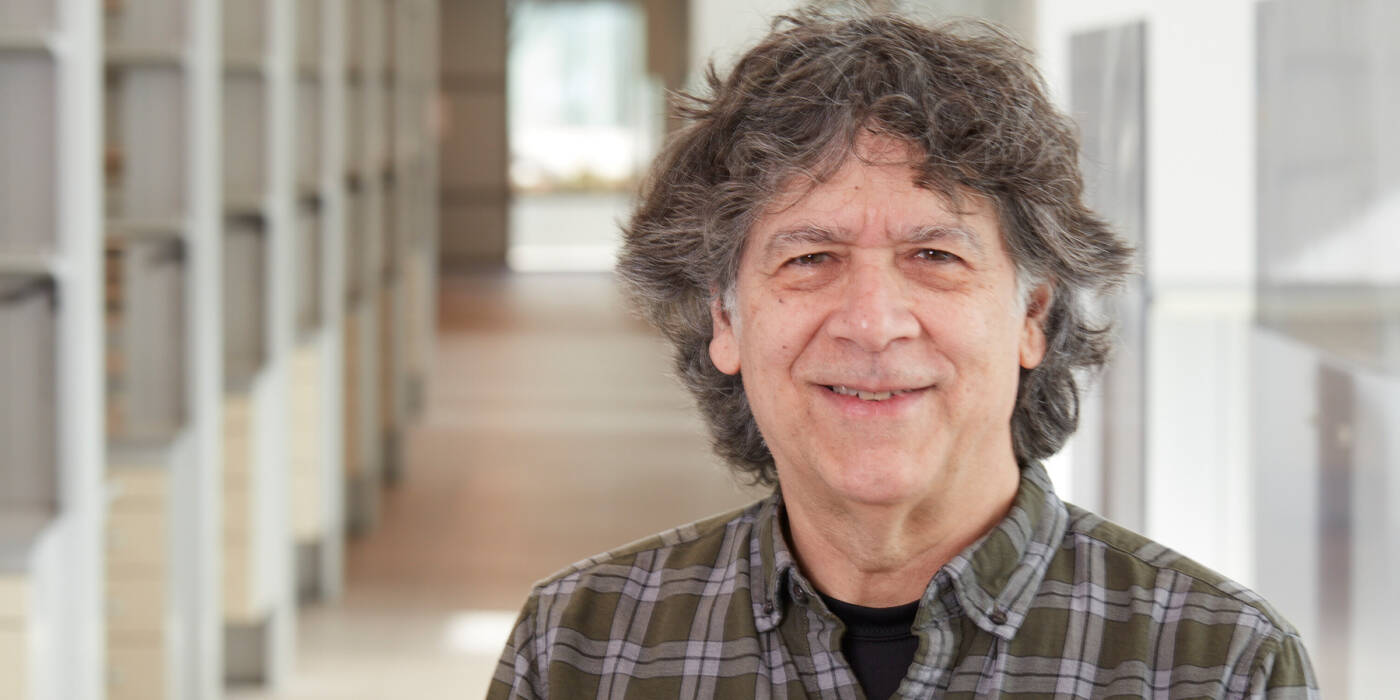Sanford M. Simon, Ph.D.
Günter Blobel Professor
The Simon lab focuses on single events—single proteins, single nuclear pores, single viruses, and single precisely defined cancers—to identify what is lost when using averages. Their research shows how this approach can accelerate the elucidation of mechanism. Current work on childhood, adolescent, and young adult cancers runs the gamut from identifying oncogenic drivers and studying malignant transformation to designing clinical trials.
The lab studies individuals—single proteins, vesicles, viruses, or cancers—then uses, or invents, the tools or techniques that are needed to address the problem. The team is driven by the problem, not the tool.
When studying a cancer, it’s important not to define it by its organ of origin or how it looks. Instead, it should be precisely defined by its driver. Simon is currently exploring a single precisely defined cancer that affects children and young adults: fibrolamellar hepatocellular carcinoma, which affects the liver and is usually lethal. Working in partnership with patients who have the disease, the lab has identified the alterations in the genome responsible for tumorigenesis. They use cell biological, biophysical, genomic, immunological, and computational methods to characterize the molecular dynamics of the oncogenic drivers, as well as cellular alterations. At the same time, the lab is designing diagnostics and potential therapeutics, and organizing clinical trials.
This approach of studying individuals is based on the observation that averaging leads to missing out on important variations in the population, or overlooking transient or minority players that could be extremely significant. For example, if a cellular machine exists in two discrete states, the macroscopic measure is the average of the two states. Macroscopic measures may reflect activity states that do not exist at the individual level, miss transient active states, or make it difficult to put different steps in a proper temporal order to resolve between two microscopic mechanisms. A microscopic approach, however, does not face these problems.
Single phenomena that Simon and his lab members have followed include individual vesicles docking and fusing to the membrane, single proteins translocating across the endoplasmic reticulum, and single cells metastasizing in the lung. They have also succeeded in imaging the birth of individual HIV particles and the discrete steps of apoptosis. The sensitivity afforded by these imaging studies has allowed them to critically test—and in some cases eliminate—models that had been proposed for biological mechanisms. The ability to test and at times negate previous models has allowed lab members to formulate new ones: They were the first to propose localized calcium transients in cells, and the first to suggest that cellular motors may be driven by a Brownian ratchet.
Another key area of research in the lab is to develop new technologies that can improve the spatial or temporal resolution of images obtained through microscopes or other modalities. Simon and his colleagues are working to improve the sensitivity of the imaging systems they use so that molecules can be followed for longer time periods, and they are developing new reporters that can follow biological processes and act as actuators for these processes.
Simon is a faculty member in David Rockefeller Graduate Program, the Tri-Institutional M.D.-Ph.D. Program, and the Tri-Institutional Ph.D. Program in Computational Biology & Medicine.
